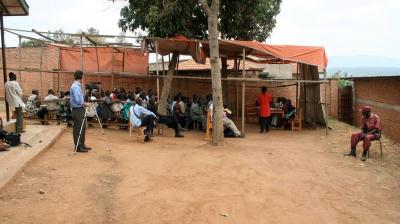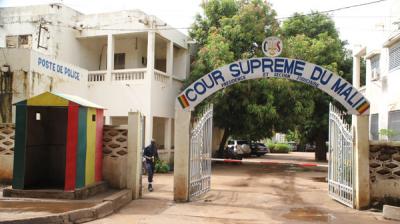Under the microscope: Customary justice systems in northern Mali
The people of Mali use many types of justice mechanisms, both connected to and further disassociated from the state, to resolve their conflicts. This has led to the creation of a diverse justice ecology that includes both what are often described as ‘formal’ actors—such as state appointed lawyers and judges — and ‘customary’ actors — such as qadis, imans, village chiefs, family heads and elders. Because the state lacks a large presence in northern Mali, customary justice systems are the dominant actors in the justice sector, but until recently little attention focused on how these mechanisms work and perform.
This online report reveals heretofore undocumented information about the customary justice systems in northern Mali, which we gathered from 108 interviews across the regions of Gao, Mopti and Tombouctou.
This information can be utilised by national and international stakeholders who see further engagement with these systems as an essential part of a multi-pronged effort to bring peace to Mali in the wake of the 2012 crisis.
The report’s main findings are sevenfold:
1) as each locality has its own traditions, each will require a context specific approach;
2) where interviewees specified that certain capacity building or change initiatives would be welcome, it is advantageous to build on this existing momentum for change;
3) justice gaps identified by interviewees are ripe areas for engagement;
4) ensuring fair treatment of vulnerable groups will likely require the use of interventions such as quotas, the creation of competing mechanisms, and community debate on whether biased treatment aligns with the core values of the local customary mechanisms;
5) it would be beneficial to help the customary and formal justice systems create a more coherent system for working together through facilitating dialogue between the groups at the local or national level;
6) a follow-up study targeting the youth population, which this study was not able to effectively reach, would be helpful to ensure their buy-in for the future use of these mechanisms; and
7) some recommendations made by the interviewees will need to be addressed by a sector-wide approach in order to be effectively addressed.
This report is also available in French.
Pour la version en français de ce rapport cliquez ici.






